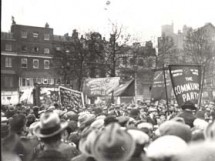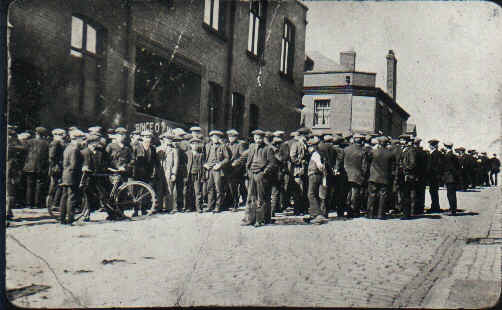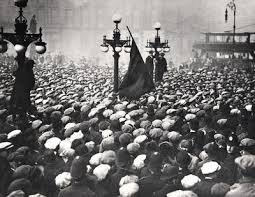The General Strike

(by Julian Symons)
13 May 1926 – the General Strike in Britain ended this day. People thought Marxism was through in Britain as a result but like Mao in exile, it would return.
Calling a strike requires keen judgment because the reaction of the public as a whole might be sympathetic, hostile, or mixed. One example is the pilots’ strike in Australia in 1989, which resulted in the pilots, and their union, being blown out of the sky. Another famous campaign was the Miners’ strike of the mid 1980s in England, when organized labour found out that the majority of the country thought they were the pits.
For 9 days in 1926 a number of sections of the British working classes engaged in a general strike, initially in sympathy for underpaid coal miners. This grew into a national civil war, without the blood, and citizens divided into broad groups; those who supported the strike, those in bitter opposition, and those who sympathised with the workers but disagreed with the strategy.
It galvanised a reaction that polarized the kingdom while unifying the various classes within it. Stanley Baldwin PM played the Trades Union Congress and the Labour Party like a harp, stoking fears of anarchy, and the whole thing fell dismally flat, with miners generally worse off than before.
Symons’ book is a fascinating portrait of a revolution that (almost but) never was, brilliantly analysing the various forces at play; it is venerable but still the best account.
Leave a comment...
While your email address is required to post a comment, it will NOT be published.




0 Comments